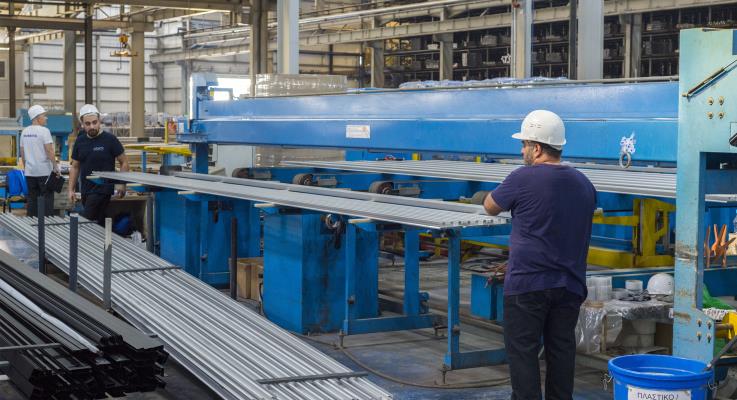Cyprus’ industrial sector relied primarily on oil and petroleum products and electricity in 2023, which together accounted for over half of its total energy use, according to Eurostat figures released on Friday.
Out of a total 10,586.6 terajoules (TJ) consumed, oil and petroleum products represented 33.3 per cent (3,52 TJ) and electricity 21.4 per cent (2,269 TJ).
Non-renewable waste made up 18.2 per cent (1,922 TJ), while renewables and biofuels followed with 16.3 per cent (1,726 TJ).
Solid fossil fuels contributed 10.8 per cent (1,146 TJ). No use of natural gas or derived heat was recorded in the industry sector.
Energy consumption in Cyprus’ paper-related industries was relatively limited. The manufacture of paper and paper products (excluding pulp) used 11.2 TJ, the manufacture of pulp just 0.09 TJ, and printing and reproduction of recorded media consumed 27.4 TJ in total.
Across the EU, the industry sector consumed 8,990 petajoules (PJ) of energy in 2023, a decrease of 5.3 per cent compared with the previous year.
Long-term trends show that energy use in EU industry has declined by nearly one-third since 1990.
The EU’s industrial energy mix remains centred on electricity (32.6 per cent) and natural gas (31.3 per cent).
Oil and petroleum products accounted for 11.4 per cent, followed closely by renewables and biofuels (11.2 per cent).
Solid fossil fuels held a 6 per cent share, while derived heat and non-renewable waste contributed 5.3 per cent and 2.1 per cent, respectively.
Meanwhile, in several EU countries, the industrial energy mix is shifting more rapidly.
In the manufacture of paper and paper products, renewables and biofuels overtook electricity in 2023 at the EU level for the first time, accounting for 33.9 per cent of consumption compared with 32.6 per cent for electricity and 20.3 per cent for natural gas.
In pulp production, renewables dominated, providing 70.3 per cent of the sector’s energy needs.







Click here to change your cookie preferences